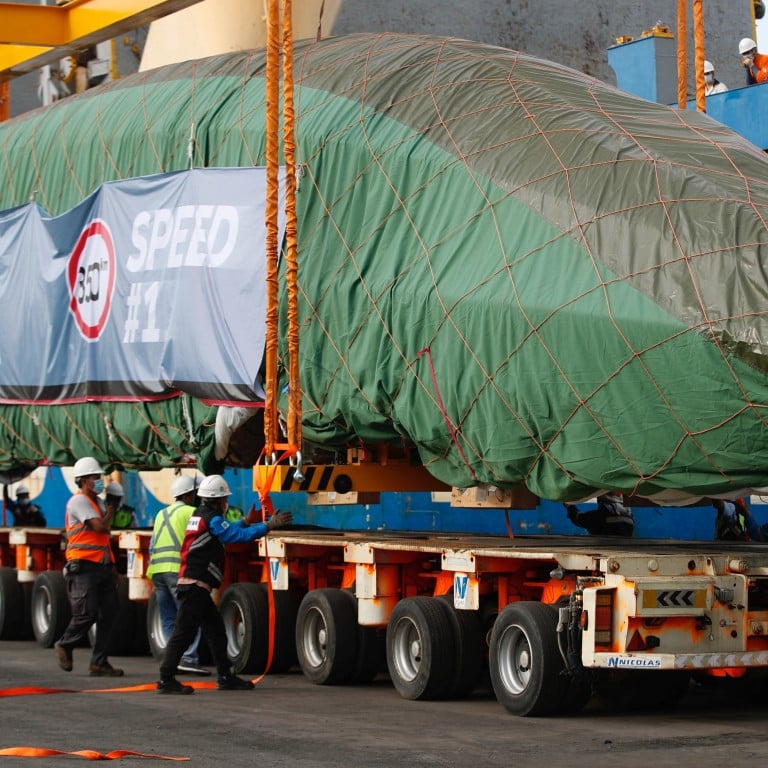
Sustainability drive will colour the belt and road green over the next decade
- From banning overseas coal projects and issuing green investment guidelines to reviving the ‘health silk road’, China is reorienting its ambitious infrastructure plan
- This emphasis on green economic drivers will future-proof the Belt and Road Initiative and make it greener in its second decade
By the end of 2016, China was involved in 240 coal projects in belt and road countries, an unsurprising number given its status as the world’s largest coal producer. This is no criticism – the belt and road’s emphasis on coal is born primarily from a convergence of the demand in developing countries, where fossil fuels are more affordable and dependable alternatives to renewables, and China’s surfeit capacity.
It is very likely that Chinese SOEs will seek to show support for Beijing’s objectives by “green-aligning” their belt and road projects to underscore their commitment to transitioning towards a lower-carbon global economy.
It is not yet clear if this will extend to adopting international standards that are being tightened in countries across the world to meet their declared environmental action plans and targets, such as the emissions-reduction commitments known as nationally determined contributions.
A concept that first appeared in 2015 as part of the Chinese government’s planning for the belt and road, the health silk road’s impact on the role and approach of Chinese SOEs is likely to be significant in the long run in conjunction with the broader and more transformative focus on sustainability.
How China is climate-proofing the belt and road, starting with Pakistan
Whether China’s renewed and rather pronounced emphasis on the green economic drivers of the belt and road is a result of the pandemic or a coincidence is of no consequence. The important point is that China’s current initiatives are both prudent and contemporary, and thereby destined to future-proof the Belt and Road Initiative.
Stakeholders would do well to bear in mind the potential commercial and legal implications of the evolving or remodelled belt and road to navigate the changing landscape in a responsible and commercially astute manner.
Chau Ee Lee is a partner at UK law firm Addleshaw Goddard, where he leads its construction practice in Asia
Ashley Ang is an associate at UK law firm Addleshaw Goddard and works in the construction and engineering group



